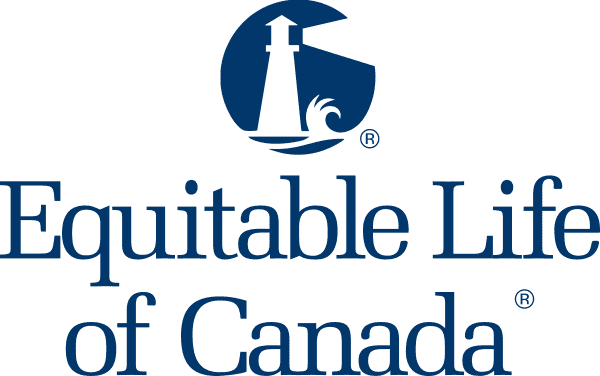
The European Space Agency (ESA), Thales Alenia Space and NASA have finally succeeded in giving a second life for the ExoMars mission, the progress of which was threatened by Russia’s withdrawal from the project. A new contract finally relaunches this mission whose main objective is to find traces of ancient (or current) life on the red planet.
ExoMars finally relaunched after Russia’s withdrawal
THE withdrawal from Russia following its military engagement in Ukraine in February 2022 had significant consequences on the mission preparation schedule but also on the technical and scientific aspects of the project.
The Russian instruments on board the Roslind Franklin rover had to be removed of it, just like the Kazachok landing platform, equipped with 13 scientific instruments and intended to land the rover on Mars. For this reason, the ESA found itself forced to completely review the mission, even considering its abandonment.
However, a new contract of 522 million euros was concluded with Thales Alenia Spacea company based in Cannes, to revitalize the development of the rover in question with in particular the creation of a re-entry, descent and landing module for it but also the modification and maintenance of existing equipment during the termination of the project in 2022.
#Exomas is relaunched! The European mission @esa towards #March restarts with the support of @ASI_spazio And @spacegovuk and with @NASA as a partner. @Thales_Alenia_S will notably develop the EDLM re-entry, descent and landing module.
Takeoff in 2028 pic.twitter.com/nOpWMGZVVB— Rêves d’Espace (@RevesdEspace) April 10, 2024
NASA also made its contribution. Initially planned to be responsible only for the provision of the Organic Molecule Analyzer – Mass Spectrometer (Moma-MS), the US Space Agency will also take charge launch, landing module engines, heating unitse and will bring strong support for systems engineering in order to guarantee the success of the ExoMars mission.
Thus, this international collaboration project which began in the early 2000s will finally see the light of day after having been almost abandoned two years agoa real relief for scientists.
In search of life on Mars!
Many scientists have been searching for a long time now for an answer to the question of life on Mars, whether past or present. It is with the aim of finally find a definitive answer to this question that the ExoMars project was set up in the early 2000s.
Its launch, initially planned for September 2022, should now take place between October and December 2028 from the Kennedy Space Center in Florida. The arrival on Mars should therefore take place in 2030either on the Oxia Planum plain or near it in Mawrth Vallis, a large flow channel with thick layers of sediment on the surrounding plateaus, may harbor traces of ancient life.
In order to maximize the chances of unearthing traces of Martian life, the mission rover will be equipped with a drilling machine to carry out core drilling up to two meters deep. The chemical, physical and biological properties of the collected samples will then be analyzed directly on site by the mini-laboratory on board the rover, the Analytical Laboratory Drawer developed by the company Thalès.
Episode 1 Scouting the Red Planet.
Follow the adventures of the #RosalindFranklin rover as it begins its mission on Mars in 2030. Its wheels are made for walking, and its eyes for science.
Watch the first chapter of Europes ambitious exploration journey to search for pic.twitter.com/hbubWgFuFA
— ESA_ExoMars (@ESA_ExoMars) April 4, 2024
This could make it possible, according to the scientists in charge of the mission, to detect the presence of possible underground bacteria, whether still alive or fossilizedpotential proof that the red planet has harbored life in its history or perhaps even still shelters it today.














